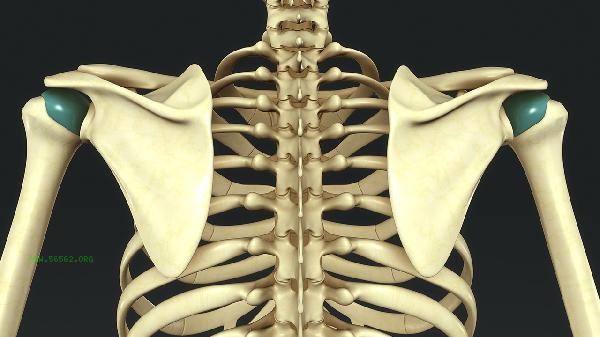Pull up mainly exercises the back muscles such as latissimus dorsi, trapezius, rhombus, teres major, and erector spinae. Pull up is a classic back strength training movement that can effectively enhance the upper limb tension muscle group and core stability.

1. latissimus dorsi
The latissimus dorsi is the most important force generating muscle group for pulling upwards, distributed in a fan-shaped pattern on both sides of the back.
2. The trapezius muscle is divided into three parts: upper, middle, and lower. When pulled upwards, the middle and lower trapezius muscles participate in the movement of scapula sinking and retraction.
3. Diamond shaped muscle
The diamond shaped muscle is located deep in the trapezius muscle and helps the scapula approach the spine during the pull-up process, maintaining scapular stability.
4. The teres major and latissimus dorsi work together to assist in shoulder adduction and extension when pulling up the body.

5. The erector spinae muscle group runs through both sides of the spine, maintaining a straight trunk during the pull-up process, preventing body sway, and ensuring standardized movements.
When conducting pull up training, attention should be paid to gradual progress. Beginners can first use elastic bands to assist or perform eccentric training. Maintain body stability and avoid swinging, feel the contraction and stretching of the back muscles during the movement. Arrange 2-3 training sessions per week, 8-12 sessions per group, with 60-90 seconds of rest between groups. supplementing protein appropriately after training can help with muscle repair and growth, while combining with stretching and relaxation can prevent muscle stiffness. Long term adherence to pull-up training can significantly improve body posture and enhance back muscle lines.









Comments (0)
Leave a Comment
No comments yet
Be the first to share your thoughts!